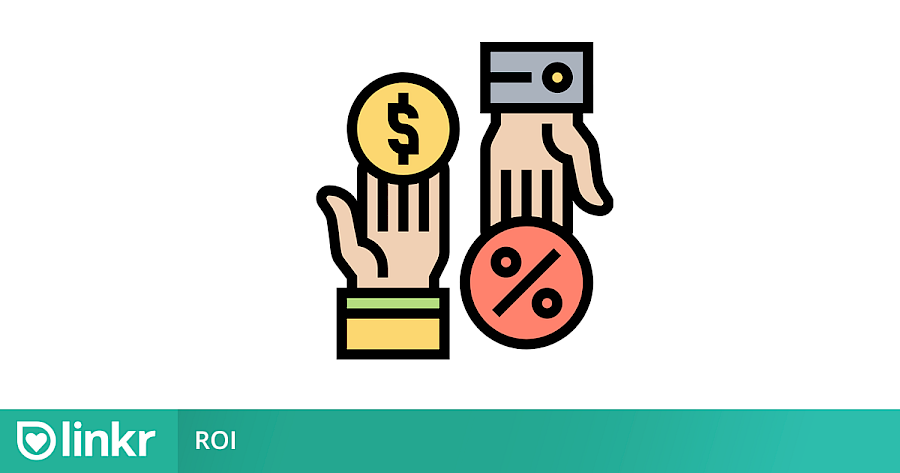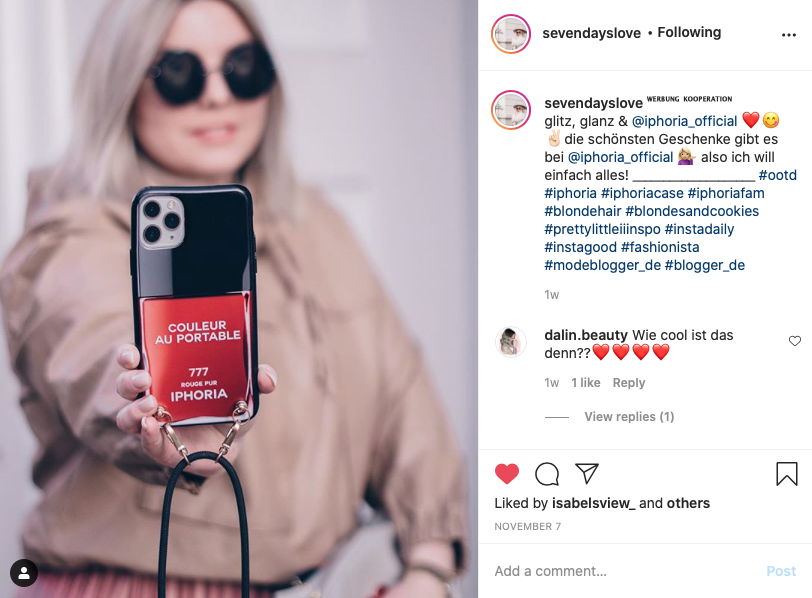Since the dawn of civilization, human beings have done their best to move forward. We discovered fire and realized we didn’t need to eat an uncooked turkey. We noticed the changes in our days and called it time. Einstein uncovered the theory of relativity, and it revolutionized our understanding of physics. We looked at adversity in the face and found a way to work with it. From famines to cataclysmic explosions, through wars and diseases, the most consistent theme during man’s time on Earth was that we found a silver lining in every situation. And we never stopped. And the same thing happened as we established the World Wide Web.
As we move toward the New Golden Age of Technology, the possibilities seem endless, especially when we talk about the Internet and our relationship with it. The Internet has been influencing our decision-making process for quite some time now. Earlier, the most influencing entities of our lives were advertisements on Television. Soon after, those advertisements took up a new home, and now they all live on our phones, and desktop screens.
That’s right- we’re talking about Influencer Marketing.
The psychology behind Influencer Marketing is that when someone we look up to advertises a product, our desire to buy that product skyrockets.
Human beings are hard-wired to want shiny things that other people have, and the added feature of our idol advertising a product is the cherry on top that brands didn’t realize they would need.
As more and more brands take their business online, many up and coming influencers are tapping into the market.
While most influencers are hell-bent on making money through subtle advertising, it’s easy to lose sight of the objective. Some get cocky about their platform and their number of followers.
Some want more money, some want to get paid beforehand, and so on. However, these are just some forms of challenges that many business partnerships face.
Nonetheless, the silver lining here is that influencers are human, and if we learn what they want out of their work, a mutual understanding is not too further down the road.
Fixed vs. Performance-Based Compensation - What’s better?

Businesses have been working out several influencer marketing campaigns for their products, and often, it’s difficult to hash out all the details. One of those details is whether their payment should be Fixed or Performance-based?
Let’s have a look at the ins and outs of Fixed and Performance-based Influencer Compensation.
While building our newly launched, performance-based influencer compensation feature, we too encountered the same challenges as most brands. However, we asked ourselves, what do our Influencers want? Is our campaign promising enough? Is the Influencer’s platform a good fit? What’s better: fixed compensation or performance-based compensation?
For influencers, a fixed payment plan is like a safety net that ensures their pay, even if their marketing doesn’t do well. However, for brands, it means that a certain amount of money is going out of their advertising costs, whether the influencer achieves their goal or not.
This is why brands are less likely to go for a fixed compensation. Further, performance-based compensation protects their capital. They want to pay for what they receive. Fair, right?
Nonetheless, influencers act as a bridge between your product and your potential customer base. Hence, it’s just as crucial to figure out what they’re looking for.
A substantial number of influencers look for fixed compensation in exchange for promoting your product. Why? For one simple reason: they want to get paid for their efforts.
Being an Influencer comes with the challenge of being an exceptional content creator, and that takes a lot of effort. It involves creating photos, videos, putting in the time to edit them.
Why Do Influencers Turn Down Performance-Based Compensation?
A lot of aspects related to influencer marketing are not in their hands, and that’s scary. For example, sometimes people don’t buy a product soon after they use the influencer’s platform and that results in poor tracking of the sale. Or they don’t buy at all because the brand’s price point is too high, someone else offered it cheaper or better, or - as blunt as it sounds, PayPal wasn’t supported and the consumer didn’t have a credit card at hand. Dozens of reasons for why a purchase didn’t happen that are neither the influencers’ fault nor is it in their power to fix the underlying issues. In turn, they don’t get their compensation even though they were responsible for making that sale.
More often than not, because of the predictable nature of social media algorithms, the performance of the influencer becomes certain. However, there’s no way to detect even the ballpark number of how many sales they can make. This also means that they don’t know how much money they’re getting paid for their work.
At least 90 percent of influencers turn down cooperations for certain products, simply because they’re not a good fit for their audience.
If they promote products that don’t fit their audience demographic, they won’t make any sales. On top of that, they might end up losing their audience. And that is a certain loss for them.
However, if you offer them a product that fits their profile, they’ll enjoy promoting it. And as a result, they are more likely to accepting a performance-based compensation.
However, that’s not an ideal solution for all businesses. So what’s the work around here, the silver lining? How would you make sure that as a brand, you don’t lose customers or influencers?
The answer is Hybrid Compensation. With hybrid compensation, brands give influencers a program with a combination of fixed and performance-based. Hence, the best of both worlds.
32% of influencers prefer a hybrid compensation, wherein they can try the sample products, receive a fixed payment, and a performance-based compensation afterward.
Here’s how linkr does it

With linkr, brands can use the following tools:
linkr allows brands to calculate the total value of promoting of a single product, keeping in mind the needs of both the influencer and the brand.
Brands weigh the value of sample products against their price tags.
They decide the commission percentage of influencers, track links, and discount codes.
Based on sales made by the marketers, linkr’s automated system calculates the due payment of each influencer working for the brand.
linkr also makes it convenient for brands to pay influencers their dues on the platform itself. By acting as a mediator between brands and influencers, linkr makes their partnership more transparent and trustworthy.






